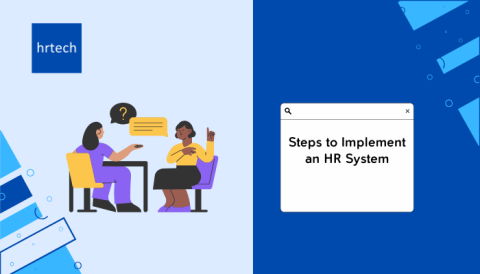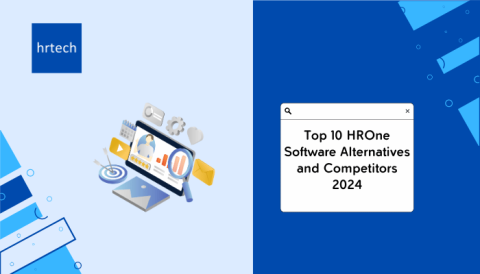Introduction
HR teams carry a growing responsibility to show how their work affects business performance. Basic reports only tell part of the story. When metrics stay limited to attrition or headcount, the strategic role of HR gets lost.
Executives expect HR to link people’s efforts with company-wide outcomes. Without a structured approach, it becomes difficult to track progress or influence key decisions. This often leaves HR reacting to problems instead of driving long-term direction.
In this blog, you’ll learn how the HR balanced scorecard helps you connect strategy with results. Before building one, you need to understand what it actually is.
Let’s start with the basics and clear up common confusion.
What is an HR Scorecard?
An HR scorecard connects your people strategy to business goals using clear objectives and measurable targets across defined focus areas. It helps quantify how specific HR actions contribute to wider outcomes such as revenue, retention, or service quality.
It brings structure to reporting by linking each activity to a larger purpose. Rather than tracking isolated metrics, you get a joined-up view of cause and effect. This makes your HR data more useful for both planning and review.
The scorecard typically covers four perspectives. These include financial outcomes, internal processes, customer impact, and workforce development. Together, they help you measure what matters across the full employee lifecycle.
When applied well, the HR scorecard helps you avoid guesswork. It keeps your strategy focused, your reporting consistent, and your team aligned around shared priorities.
To use it effectively, you need to understand the value it brings across decision-making, accountability, and long-term planning.
Benefits of an HR Scorecard

A well-structured HR scorecard helps you move beyond basic reporting by connecting people decisions to tangible business outcomes. It supports better planning, more thoughtful conversations, and stronger accountability across the organisation.
By using the scorecard consistently, you create a shared view of what success looks like. This helps avoid confusion around priorities and makes it easier to focus on what actually drives results.
Before we explore how to build one, here’s what the HR balanced scorecard brings to your table:
- Strategic Clarity: Links HR activity directly to company goals, so your reporting supports strategic decision-making without getting lost in day-to-day numbers
- Clear Expectations: Creates clear expectations by defining measurable objectives across functions, helping teams stay aligned while working toward common outcomes.
- Stronger Leadership Dialogue: Strengthens conversations with leadership by providing structured data that supports performance reviews, budgeting, and long-term workforce planning
- Focus on What Matters: Tracks what matters most instead of flooding reports with vanity metrics that distract from progress and real issues.
- Greater Accountability: Encourages accountability by assigning ownership of key metrics so everyone involved knows what they’re responsible for
- Early Issue Detection: Helps identify patterns early so you can course-correct before issues affect performance or disrupt ongoing initiatives
- Better Ongoing Tracking: Supports year-round performance monitoring without waiting for annual reviews, making your people strategy more responsive to change
Now, the next step is to learn how to build and apply the HR balanced scorecard in your context.
Step-by-Step Implementation Guide
Building an HR scorecard requires structure, clarity, and input from across the business. It is not just an HR project. You need active participation from different functions to ensure the scorecard reflects business priorities.
Each step helps you move from high-level goals to practical, measurable action. When done right, it gives you a tool that supports performance tracking and strategic decision-making without adding confusion.
Here’s how to build a scorecard that works:
Step 1: Clarify Your HR Strategy
Start by reviewing business goals and identifying how HR can directly contribute. Your strategy should be clear, specific, and tied to outcomes that matter.
Step 2: Build a Strategy Map
Map out how HR objectives connect to business results. Use the four perspectives, financial, internal process, customer, and learning, to organise your goals clearly.
Step 3: Choose the Right KPIs
For each objective, pick measurable KPIs. Make sure they are specific, relevant, time-bound, and owned by someone who can influence the outcome.
Step 4: Define Strategic Initiatives
Outline the key activities or projects that will drive each objective forward. Keep them realistic and focused to avoid unnecessary complexity.
Step 5: Assign Ownership and Review Cycles
Assign metric owners and set a review schedule. Regular check-ins help keep progress visible and allow for timely course correction.
With your structure in place, the next step is choosing the right metrics to include in your HR scorecard.
Metrics to Include in Your HR Scorecard

Choosing the right metrics is what turns a scorecard from a concept into a working management tool. Every metric should serve a clear purpose. The goal is to track what matters most without overloading your reports with low-value numbers.
Each perspective on the scorecard gives you a specific lens. When these are measured well, they help you make faster, better-informed decisions that support your overall strategy.
Here are examples of metrics to consider under each perspective:
- Financial Perspective: Measure how people’s decisions affect cost and return. Standard metrics include cost per hire, HR cost as a percentage of revenue, and overtime spend.
- Internal Process Perspective: Monitor the effectiveness of your internal HR processes. Metrics may include average time to fill, onboarding completion rate, and offer-to-join ratio.
- Customer (Employee or Manager) Perspective: Capture internal feedback and service experience. Use manager satisfaction with HR services, employee engagement scores, or internal service response time.
- Learning and Growth Perspective: Assess how your workforce is developing. Metrics can include training hours per employee, certification rates, and internal promotion ratios.
Once your metrics are defined, the next step is to see how they come together in a scorecard format that’s easy to read and act on.
Examples of an HR Scorecard
To derive real value from your scorecard, you need a format that clearly displays performance. The table should show what matters, who owns it, and how well it’s tracking. Each entry connects key result areas to actual data. This lets you evaluate performance consistently and take action when things fall behind.
Below is a sample HR scorecard that reflects structured performance tracking across recruitment, development, retention, and productivity.
| Key Result Areas | Key Performance Indicators | Weight of KPIs | Target | Actual | Final Score |
| Recruitment | Average lead time to recruit employees | 15 | 60 calendar days | 70 days | 86 |
| Performance score of new employees within 6 months | 15 | 80 | 82 | 103 | |
| Training and Development | Training hours per employee per year | 10 | 40 hours per year | 37 hours | 93 |
| Difference in productivity before and after training | 10 | 50 percent | 67 percent | 134 | |
| Performance and Career Management | Percentage of employees executing Individual Development Plans | 10 | 90 percent | 80 percent | 89 |
| Employees participating in career coaching programmes | 15 | 90 percent | 74 percent | 82 | |
| Retention and Productivity | Employee attrition rate | 15 | 2 percent | 2.3 percent | 87 |
| Profit per employee | 10 | INR 1.6 lakh per month | ₹1.5 lakh per month | 94 |
This format gives a clear picture of HR’s performance. You can use similar scorecards by quarter, department, or business unit, depending on how you track HR outcomes.
Let’s now look at common pitfalls that keep scorecards from being useful or practical in real business settings.
Common Pitfalls to Avoid

HR scorecards only work when built and used correctly. Many teams start strong but lose momentum due to poor design or inconsistent follow-through. To keep your scorecard functional, avoid these common mistakes that affect accuracy, clarity, and day-to-day use.
Here are key pitfalls to watch for:
- Too Many Metrics: Tracking every metric looks thorough, but often creates confusion. Focus only on data that helps you act or make better decisions.
- Vague Objectives: Objectives must be clear, measurable, and outcome-based. Avoid generic goals that are hard to assess or tie to business value.
- No Metric Ownership: When no one owns a metric, it gets ignored. Assign each item to a named person with the authority to act on it.
- Static Scorecards: Treating your scorecard as a one-time setup leads to missed insights. Update it regularly to reflect changing priorities or performance.
- Lack of Business Involvement: Scorecards fail when built in isolation. Involve business leaders to ensure the metrics reflect shared goals and fundamental performance drivers.
- Ignoring Data Quality: Using insufficient data leads to bad decisions. Make sure each metric is based on reliable, verified sources that are regularly reviewed.
- No Follow-up Action: A scorecard is not just for show. Use it to trigger reviews, actions, and planning conversations that actually move the numbers.
Before we close, let’s take a quick look at how a partner like TeamLease can support your HR scorecard and workforce strategy.
How TeamLease Supports Workforce and HR Strategy
At TeamLease, we support HR teams with services that help improve performance tracking, workforce planning, and daily HR delivery across every key area.
Here is how we support your scorecard and people strategy:
- Professional Staffing: We manage end-to-end hiring through a nationwide recruitment network and AI-powered tools that help reduce hiring time and improve quality.
- HR Technology Marketplace: Our platform offers access to over 450 pre-vetted HR tech products. We provide recommendations based on your size, goals, and sector.
- Payroll and Compliance Services: We handle payroll, statutory compliance, and cross-border pay management. Our service keeps your records accurate, on time, and legally protected.
- HR Advisory and Consulting: We help you assess your current HR operations, spot gaps, and design practical improvements that support both structure and business direction.
- Enterprise Learning Solutions: We offer learning through over 10,000 trainers with programmes covering role-specific skills, certifications, induction, and executive development paths.
- Hire-Train-Deploy Programmes: We build your future talent pipeline through structured hire-train-deploy models tailored to the roles you need filled from day one.
If your team needs support to build or maintain an effective HR scorecard, we bring the people, platforms, and structure to make that happen.
Contact us to discover how we can help achieve your HR objectives. Our team is ready to help you move from plans to measurable results.
FAQs
Q: Can small or mid-sized companies use an HR scorecard effectively?
A: Yes, smaller teams often benefit more from using an HR scorecard because it brings focus to a few well-chosen, actionable performance metrics. It helps cut through distractions and ensures your HR activities support specific goals without needing large systems or extra overhead.
Q: How often should the HR scorecard be reviewed or updated?
A: Quarterly reviews work best for identifying patterns and checking progress, while monthly check-ins help teams spot small shifts before they become bigger issues. Avoid adjusting metrics too frequently, as that can distract from long-term goals and reduce the usefulness of trend tracking over time.
Q: Should HR scorecards be shared with the broader organisation?
A: Not every detail needs to be public. Share key objectives and performance highlights with business teams so they understand HR’s focus and progress. Leave the full scorecard with detailed targets and scores for HR leaders and executive reviews, where context is better understood.
Q: What tools can be used to build and manage an HR scorecard?
A: Start with tools your team already knows, such as Excel or Google Sheets, before moving to more structured dashboards with better data handling features. Choose something that works with your workflow and reporting rhythm rather than chasing complex features you may not really need.
Q: What’s the difference between an HR dashboard and an HR scorecard?
A: Dashboards show live data without context, while scorecards track progress against specific goals tied to business results, ownership, and fixed timelines. Both can be useful, but a scorecard adds structure and accountability, which helps when you’re tracking strategic outcomes over time.







